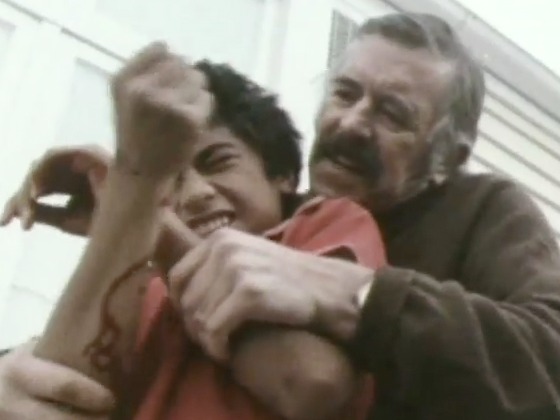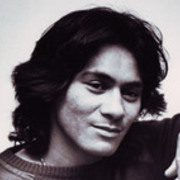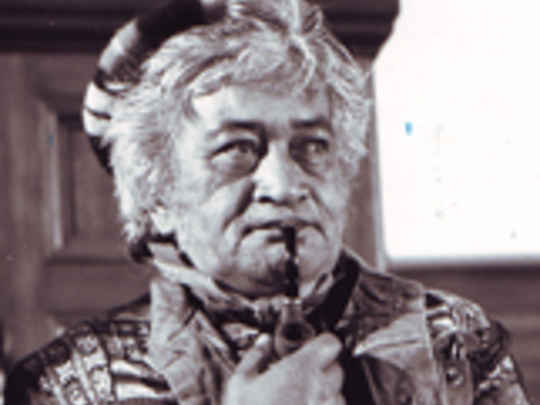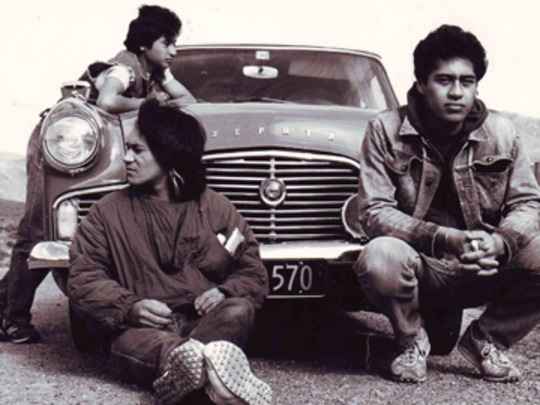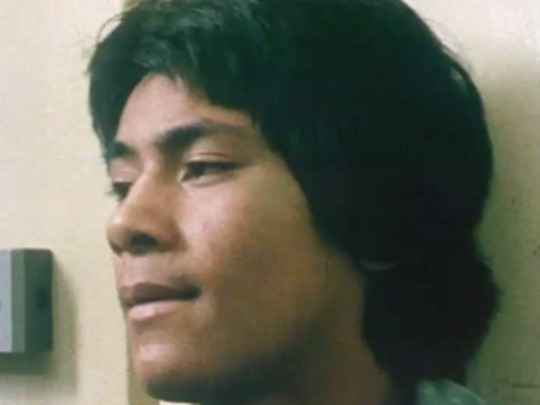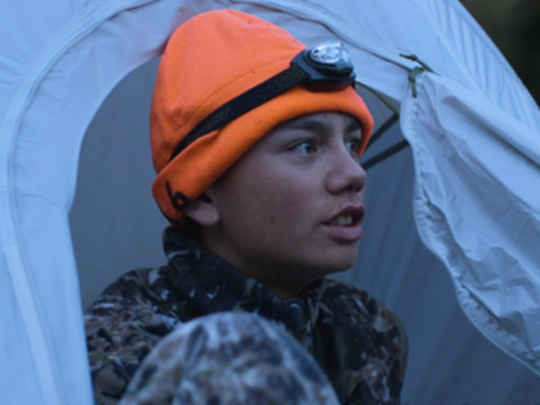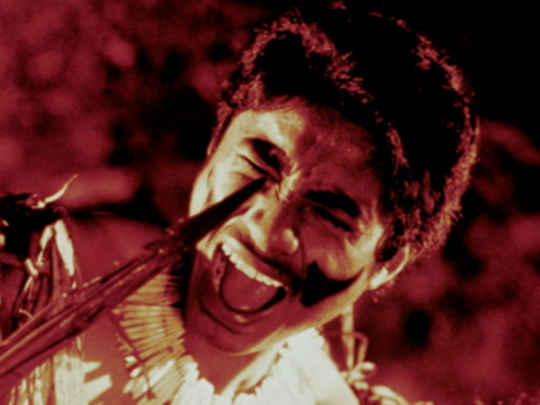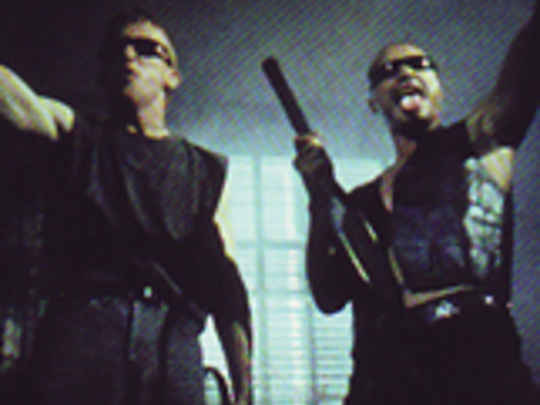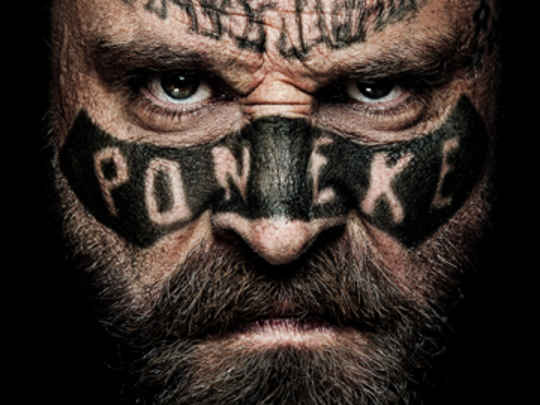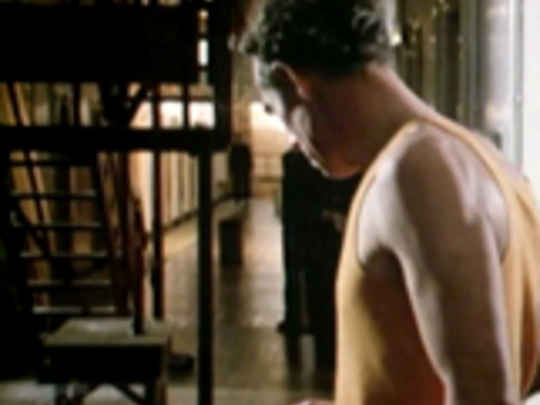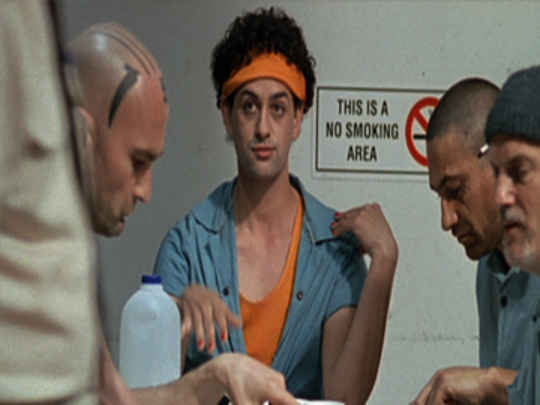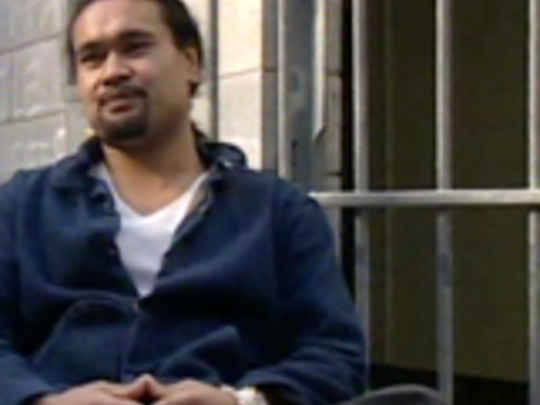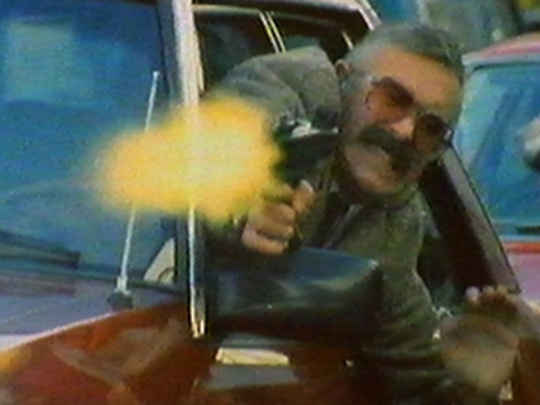Kingpin
Film (Excerpts) – 1985
Notes on Kingpin
Kingpin centres on the new arrival of Riki Nathan, a quiet but sultry kid who just wants to do his time and get out. But in the meantime he befriends Willie Hoto, an effervescent teenage boy whose tall stories and bravado win Riki over. Willie's small stature is in stark contrast to the bulky physique of the oppressive character, Karl, played by Nicholas Rogers. It is Karl's 'Kingpin' who challenges Riki's growing friendship with Willie, bringing about their final violent confrontation at the end.
Kingpin was originally based on the stories of a group of male teenagers who were wards of the state in Kohitere, an actual boys' home in Levin, which was still being used during the mid 1980s.
There were a number of these boys' homes during the 70s and 80s: Owairaka, Hokio, Kohitere and Epuni being just a few. They housed young teens who were on the brink of either entering adult prisons, or moving into more destructive behavioural patterns; Kohitere and homes like these were intended as a buffer to hopefully deter these teens from 'delinquint' paths.
Michael Walker was a Levin animator, photographer and budding filmmaker who befriended a number of the youths at Kohitere; those friendships brought about the impetus to write the screenplay and make the film.
Michael once told me that he likened Kingpin to a classic western, Shane. Shane is about an unassuming outsider (Alan Ladd) who drifts into a small town. He has hidden gifts (he's an expert gunslinger), but is weary of fighting. That is until the new friendships he cherishes are in danger of being wrecked by an aggressive cattle baron and his hired-gun. It took some vision to re-imagine Shane in an 80s Levin correctional facility!
After playing the lead in Kingi's Story, I came onto this project as both a suggested lead (as Riki), and as scriptwriter. I had been a ward of the state myself, and having completed six months at Kohitere and recently finishing Kingi's Story, Michael was keen to enlist my help to bring Kingpin to fruition.
Kingpin was an exhausting set to be on. It was shot in about 29 1/2 days (the half day was for the car crash!) for well under a million dollars - an ultra low budget - but we had a great cast (Jim Moriarty, Judy McIntosh, Terence Cooper and Peter McCauley). I had my own humble start with Kingi's Story, and first timers, Junior Amiga (as Willie Hoto) and Nicholas Rogers (as Karl Steven), were complemented by a great crew, such as cinematographer John Toon, editor Paul Sutorius (to name a few), and producer Gary Hannam.
To me, Kingpin will always be remembered as a great project and one from the heart. It's a unique truly New Zealand story of friendships and hardships and a flavour of life most New Zealanders wouldn't hear about or know about prior to seeing the film. It connected with an increasingly common urban experience and culture clashes that were occurring in places like Otara and Porirua.
This would hopefully be repeated again in Michael Walker's next film - bros on the road movie Mark II.
